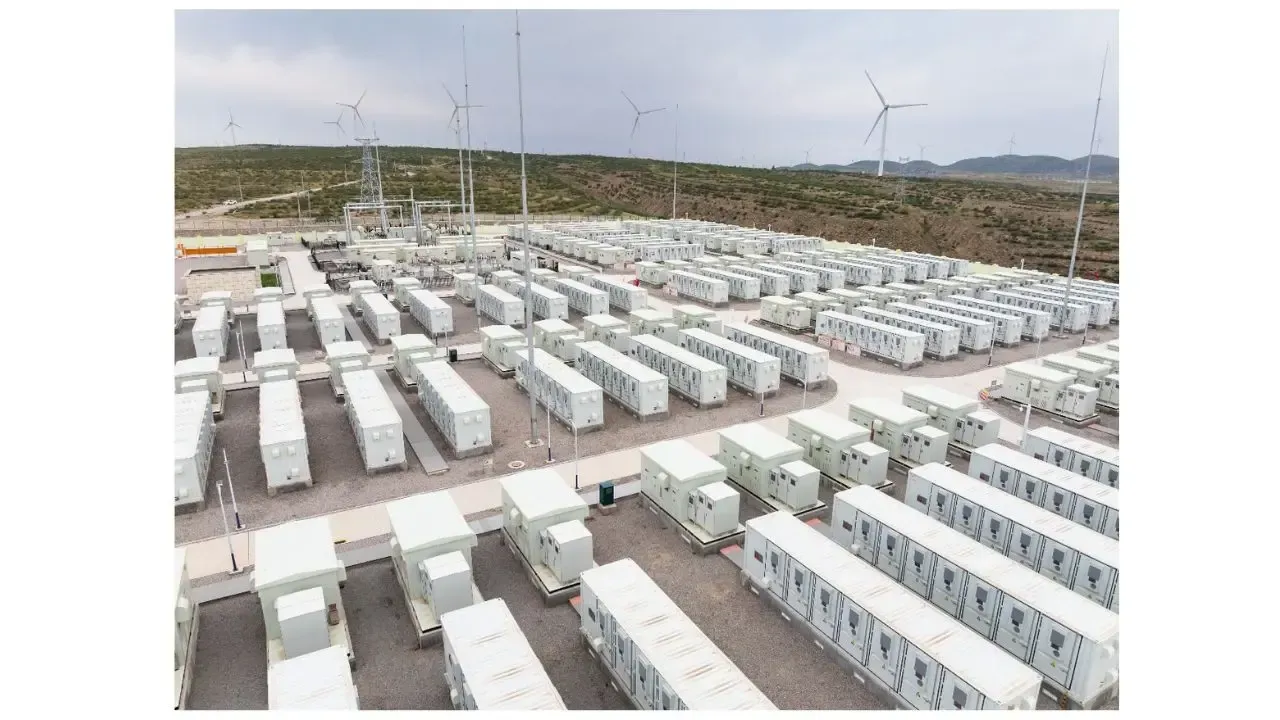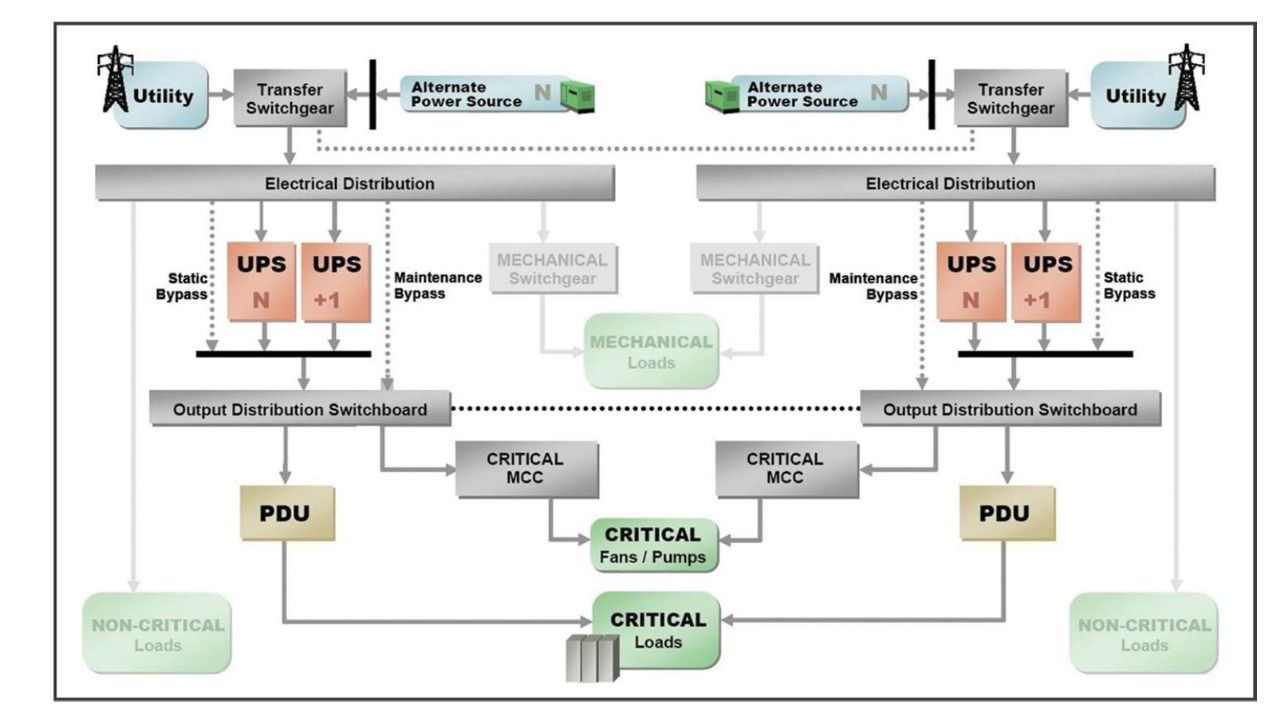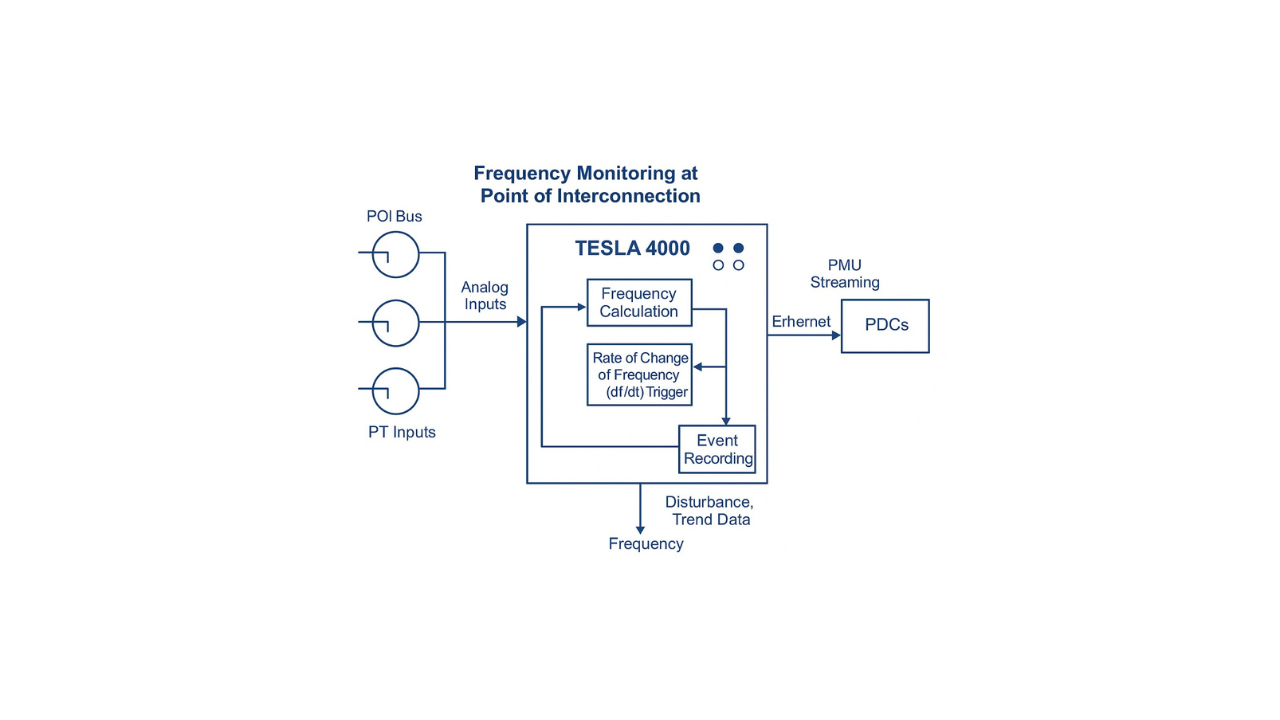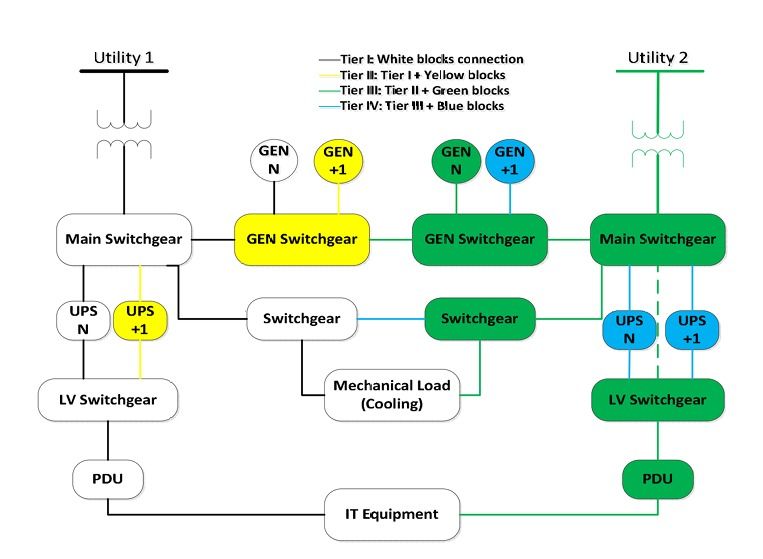A Coordinated Electric System Interconnection Review—the utility’s deep-dive on technical and cost impacts of your project.
All You Need to Know About Grid Grounding Study
January 24, 2022 | Blog
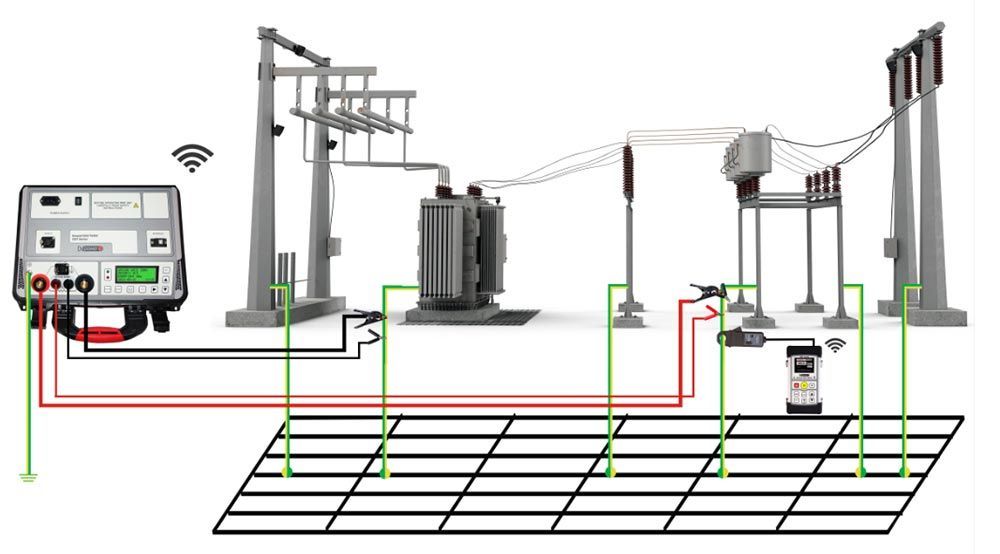
Grounding study has been around ever since the electrical power system started. However, it began with experimental or theoretical analysis on which different authors based their rough expressions. They were carried on a vertical grounding or single horizontal rod. Read further to understand the purpose of grounding grid analysis and why it is necessary.
Grounding Study—Why is it Crucial?
The grounding study aims to limit the accidents related to electric shock. The situations that can otherwise lead to the shock accidents include:
- High fault current reaching the ground
- Large soil resistivity
- Connecting two points of large potential difference
- Lack of adequate contact resistance
This is where grounding studies come to the rescue. They can be designed to keep touch voltages and step voltages within safe limits. Moreover, through a ground study, you can design time savings as well as material cost savings. This can be done by determining the conductor’s minimum size and the number of ground rods needed to keep the potential value under the IEEE standard limit.
For projects involving new or retrofit substations, grounding analysis is a critical safety and compliance component.
Explore our Substation Design Services
Steps Taken During Grounding Study
Here are the following steps that are taken during the grounding study:
1. Soil Resistivity
Grounding system resistance is essential to ensure that the current devices are operating at satisfactory levels. This is because the rise of a grounding system in a ground fault condition is directly proportional to the grounding system’s resistance. Therefore, it is vital to predict the grounding systems’ resistance.
Learn more about how we evaluate fault performance in our Power System Studies
2. Voltage Gradient Effect
The ground resistance is affected by the voltage gradient if it is higher than 103 Volts/cm. In such a situation, the arcs begin at the electrode surface and then progress into the ground. This increases the electrode size that the soil is able to withstand.
3. Determine Maximum Ground Fault Current
For this location and the type of ground, faults are expected to generate the greatest current flow between the surrounding earth and the grounding grid, producing the rise in grid potential concerning remote earth.
We also provide grounding and EMI analysis using SES CDEGS, see our CDEGS Grounding Services
Typical Applications of Grounding Studies
Grounding studies are especially critical at:
- Substations
- Switchyards
- Generation sites
- Communication sites
- Industrial facilities
See real-world examples in our Substation Design Case Studies
Need Grounding Study Analysis?
For more information about grounding study analysis or assistance, contact us today. Let our experts help you ensure system safety, regulatory compliance, and engineering accuracy.
Ensure Grounding Safety and Compliance with Keentel
Looking for expert grounding study support for substations or industrial facilities? Keentel Engineering offers IEEE-compliant, simulation-driven grounding studies across the U.S.

About the Author:
Sonny Patel P.E. EC
IEEE Senior Member
In 1995, Sandip (Sonny) R. Patel earned his Electrical Engineering degree from the University of Illinois, specializing in Electrical Engineering . But degrees don’t build legacies—action does. For three decades, he’s been shaping the future of engineering, not just as a licensed Professional Engineer across multiple states (Florida, California, New York, West Virginia, and Minnesota), but as a doer. A builder. A leader. Not just an engineer. A Licensed Electrical Contractor in Florida with an Unlimited EC license. Not just an executive. The founder and CEO of KEENTEL LLC—where expertise meets execution. Three decades. Multiple states. Endless impact.
Services

Let's Discuss Your Project
Let's book a call to discuss your electrical engineering project that we can help you with.

About the Author:
Sonny Patel P.E. EC
IEEE Senior Member
In 1995, Sandip (Sonny) R. Patel earned his Electrical Engineering degree from the University of Illinois, specializing in Electrical Engineering . But degrees don’t build legacies—action does. For three decades, he’s been shaping the future of engineering, not just as a licensed Professional Engineer across multiple states (Florida, California, New York, West Virginia, and Minnesota), but as a doer. A builder. A leader. Not just an engineer. A Licensed Electrical Contractor in Florida with an Unlimited EC license. Not just an executive. The founder and CEO of KEENTEL LLC—where expertise meets execution. Three decades. Multiple states. Endless impact.
Leave a Comment
We will get back to you as soon as possible.
Please try again later.
Related Posts






